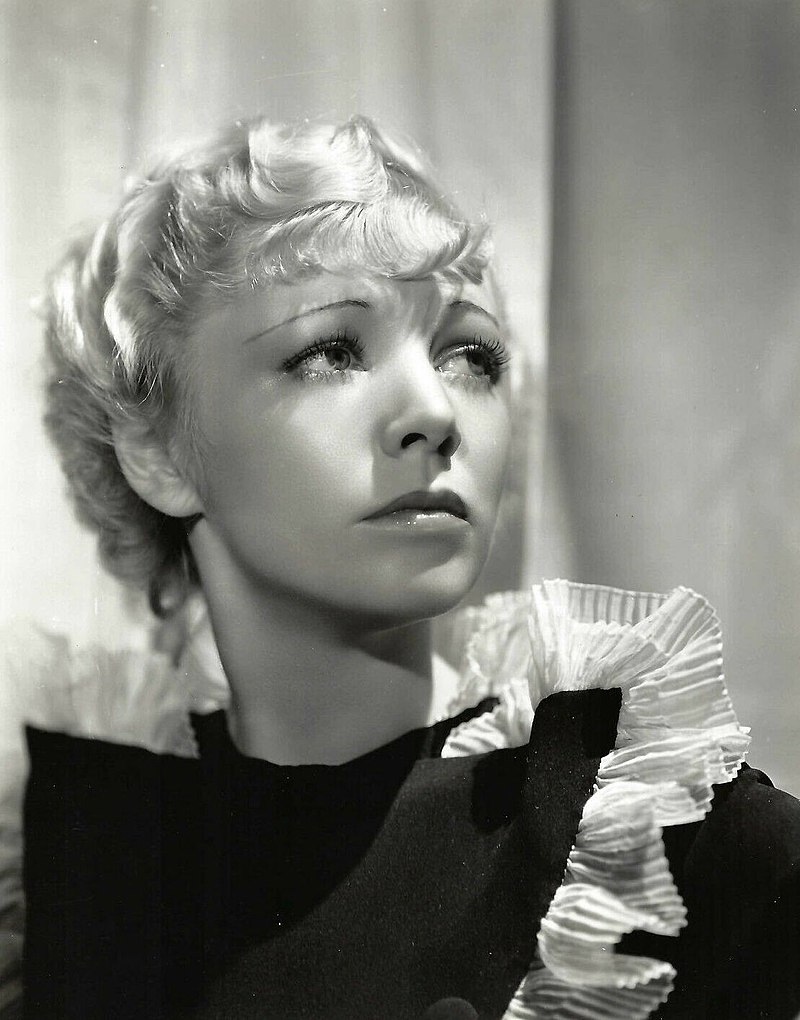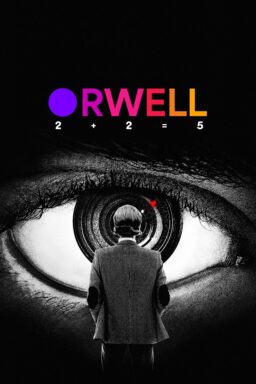She once called herself “the most unsuccessful successful actress in Hollywood,” and Isabel Jewell (1907–1972) wasn’t far off the mark.
She arrived in Los Angeles with great promise after making a splash on Broadway. One theater critic observed: “The moment she breezes into a scene, the action accelerates to a mile-a-minute momentum … very nearly and swiftly, she folds up that bit of play with the prettiest of dispatch and tucks it into her pocket.” Once in Hollywood, Jewell quickly settled into a string of supporting parts, appearing in nine films alone in 1933. One of those nine, “Bombshell,” with Jean Harlow, helped to seal Jewell’s fate, as the petite blonde quickly became typecast as a Harlow clone.
More small roles followed in stellar films such as “A Tale of Two Cities” (1935), “Lost Horizon” (1937), “Gone with the Wind” (1939), “Northwest Passage” (1940), and “High Sierra” (1942). Such was her success that in the ’30s and early ’40s, Jewell earned as much as $3,000 a week as an MGM contract player. Over her career, from 1930 to 1972, she made more than a hundred films. Despite her film success, she began a slow descent into obscurity and self-destruction.
But 50 years after her death, her star burns as brightly as it did during her heyday. Isabel Jewell remains the embodiment of the adage “There are no small parts, only small actors.” No matter how minimal the role, she made it memorable. As journalist-lyricist Robert Musel declared of Jewell’s talents, “She is the girl tossed into a picture to make the rhinestone stars sparkle. A few minutes before the camera, an explosion of emotion.”

Two films with Ronald Colman (though hardly a “rhinestone star”) convey that explosion of emotion. In Frank Capra’s “Lost Horizon,” Jewell makes an early impact as the consumptive, shady lady Gloria, trapped on a crashed plane with diplomat Robert Conway (Colman) and fellow passengers in a desolate, blizzard-swept area near the Tibetan border. As Conway tries to reassure the travelers, a maniacal cackle arises from the passenger seats, and Gloria cries out: “That’s perfect, just perfect. What a kick I’m going to get out of this. A year ago, a doctor gave me six months to live. That was a year ago. I’m already six months to the good. I’m on velvet. I haven’t got a thing to lose. But you—you, the noble animals of the human race, what a kick I’m going to get watching you squirm for a change. What a kick!” Her words then dissolve into a tubercular cough.
Jewell gives perhaps her finest film performance in “A Tale of Two Cities,” MGM’s lavish adaptation of the Charles Dickens novel, set during the French Revolution. Colman stars as Sydney Carton, the dissolute British barrister who decides to switch places with his look-alike friend Charles Darnay, sentenced for execution by the Reign of Terror. Carton resolves to do “a far, far better thing than I have ever done” by taking Darnay’s spot on the guillotine. As the condemned inch toward their death, Carton comforts a terrified seamstress (Jewell). “You’re not afraid,” she tells Carton. “The others are only pretending, but you … it’s almost as if you welcomed it. You’re so brave. When we go to the guillotine, will you let me hold your hand? That might give me courage, too.” With this five-minute scene in the movie’s last reel, Jewell commands the camera and gives the film’s most heartbreaking “explosion of emotion.” Carton reassures her that “yes, I’ll hold [your hand] to the last” and then adds “keep your eyes on me. Mind nothing else.” She responds, “I can bear it so long as I’m near you.” Even Madame Defarge, had she been within earshot, would have to crumble.

Hollywood’s own Defarges, the journalist crones Louella Parsons and Hedda Hopper, even mustered up praise for Jewell. Parsons announced, “The little Jewell girl is really headed for big things on the screen,” while Hopper wondered “why Hollywood doesn’t give her a better break is beyond me. She’s swell.” By the early ’40s, however, Jewell’s fortunes had started to fade. Syndicated columnist Harold Heffernan observed, “Up to three years ago, she was Hollywood’s most feared picture thief—leading ladies pouted protests every time she was cast next to them. She has been in town ever since, hounding casting offices like a desperate extra, but getting nothing more than mere bits or the complete go-by.”
With parts dwindling, she turned to the stage and radio. Occasionally, Jewell glittered in a tiny facet of a prestige film, such as “The Bishop’s Wife” (1947), in which she plays a hysterical mother whose runaway baby carriage is rescued by the angel Dudley (Cary Grant). Even better was her five minutes of screen time in the noir “Born to Kill” (1947) as the girlfriend murdered by the sociopathic Lawrence Tierney and whose death sets the plot in dark motion.
By the ’50s, with her career virtually over, Jewell resorted to television work, as her life disintegrated with arrests for shoplifting, writing bad checks, and drunken driving. After sporadic TV roles in the ’60s, Jewell made her last stand in “Ciao Manhattan” (1972), playing “Mummy” to Warhol Factory “It Girl” Edie Sedgwick as “Susan Superstar.” A train wreck of a movie, “Ciao Manhattan,” wrote critic Graeme Clark, is “compelling in a horrible way,” especially as a reassessment of “the Faustian influence of Warhol.” In a weird coincidence, both Jewell and Sedgwick died of barbiturate overdoses before the movie’s release.
It was an ignominious end for Jewell, who, though on film never rose above a series of cameos, resolutely gave her all. With her luminous gaze, dramatic spark, and unmatched vulnerability, Jewell casts an eternal spell—an explosion of emotion to the very last.
“Forgotten Ingenue,” a docudrama about Jewell, can be watched in its entirety below:











